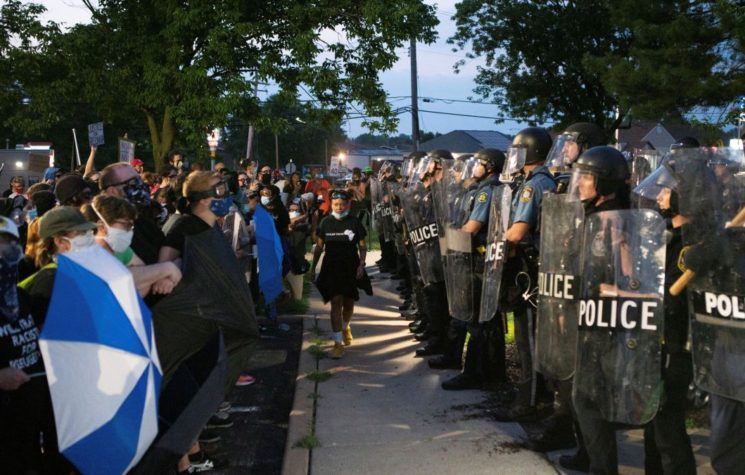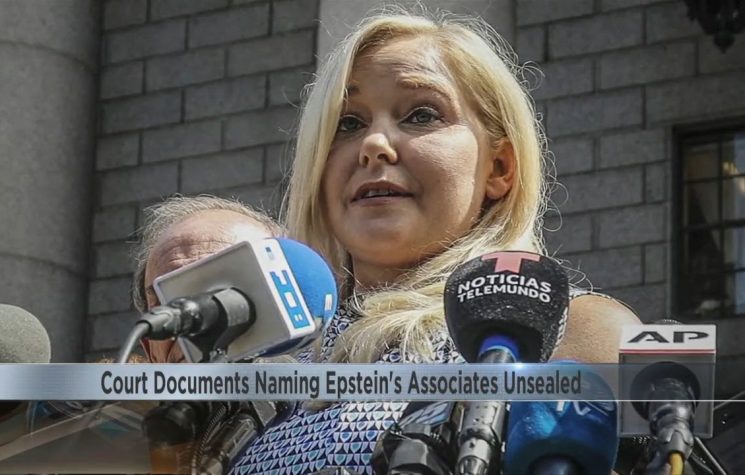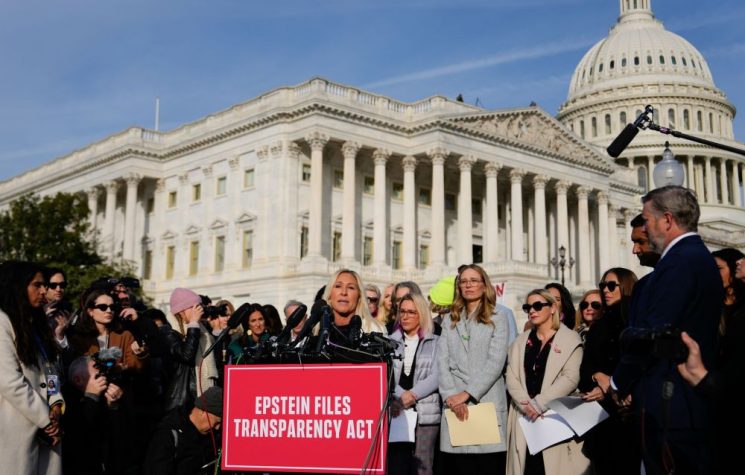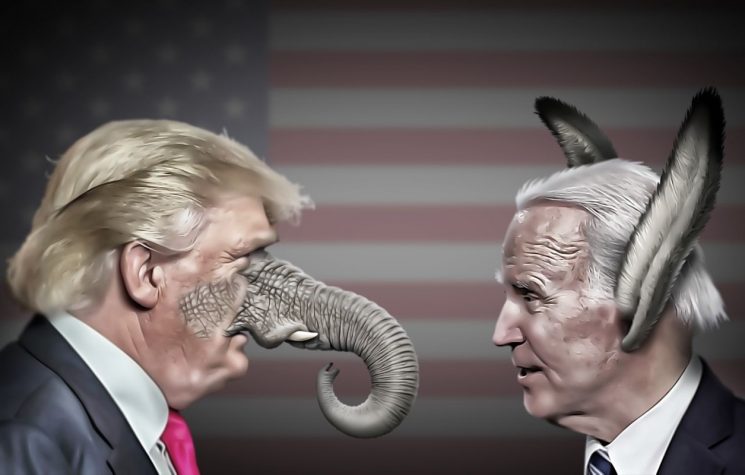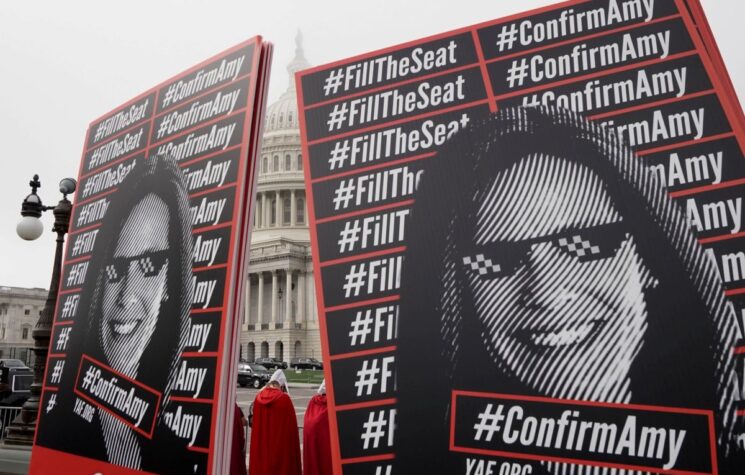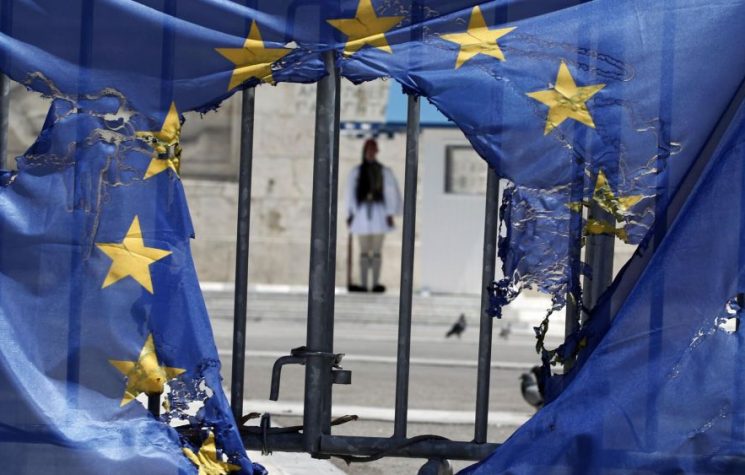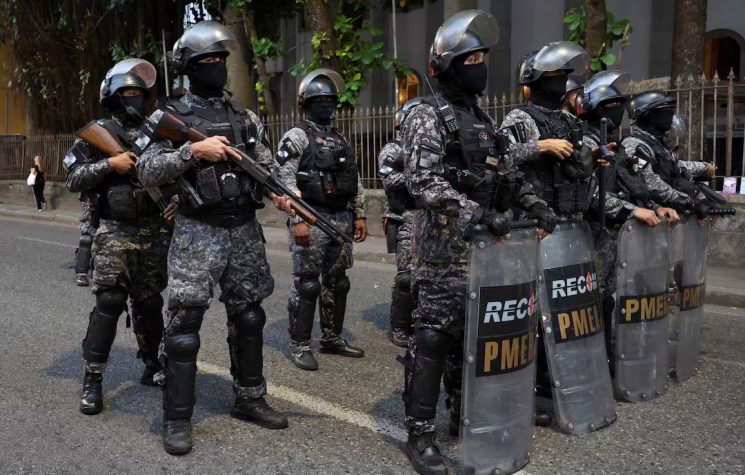As ye sow, so shall ye reap, is another, Biblical way of expressing the common American adage from the title. The recent passing of U.S. Supreme Court Justice Ruth Bader Ginsburg seems to have provoked more jubilation and color revolution scheming against President Trump than heartfelt bereavement. In a country rent asunder that, incidentally, has also authored the color revolution playbook for wrecking other countries – that is hardly surprising.
The normal procedure, following long-standing practice, would be for the President to nominate a candidate to fill the Supreme Court vacancy and for the Senate to hold hearings following which it would vote to confirm or reject the nominee. But nothing is any longer simple or routine in this annus horribilis that has gripped America. The nine-member Supreme Court is as divided along partisan and ideological lines as the American body politic. If the outcome of the November Presidential and congressional election is disputed, as the powerful forces which are behind the current upheavals promise that it will be, the person installed to replace Ginsburg may tip the balance in the evenly split Supreme Court.
What happens next and at what pace the replacement process will be conducted, whose candidate will ultimately fill the vacancy in the Supreme Court and when, before or after the November election, are matters of vital political interest for both sides in America’s current internecine battles. There is already a precedent, fresh in everyone’s memory. In the closely contested 2000 Presidential election, it was the Supreme Court which by a tight 5-to-4 vote effectively selected the winner.
The Constitution of the United States is oddly reticent on the precise scope of the Supreme Court’s responsibilities. In fact, it was only in 1803, some time after the Constitution’s adoption that the cardinal principle of judicial review, defining the fundamental role of the Supreme Court in America’s system of government, was promulgated in the landmark Marbury v. Madison case. In the majority opinion, Chief Justice Marshall argued that the Constitution is the “supreme law of the land” and that the Supreme Court has the final say over the interpretation of the Constitution. From then on, all legal controversies of federal significance were to be resolved exclusively by the Supreme Court of the United States.
The laconic Constitution does not even prescribe how many Supreme Court justices there should be, a matter ultimately left for Congress to decide. That oddity implies that Congress is also empowered to change the number of justices. In the present politically impassioned atmosphere that means that depending on who controls it after November it can also expand the court’s composition and “pack” it in conformity with the majority’s ideological agenda. Something of the sort had already been done on President Roosevelt’s watch, though it was in an incomparably more civilized and normal America, hence far less destructive to the delicate equilibrium of the country’s constitutional system than a similar manoeuvre would assuredly be today.
The political stakes are therefore much higher than may meet the eye. Any disputes or legal controversies arising from the November elections will have to be settled by the Supreme Court. Since justices with professional integrity are a thing of the past, everybody knows that their political biases, including those of Ginsburg’s replacement, will decisively determine the outcome.
Ginsburg herself, an acknowledged, highly ideological legal radical, must have been aware of the upheaval her passing would provoke. She is said to have expressed the dying wish that President Trump should not be allowed to appoint her successor.
All players are aware of what is potentially at stake, which is not just who gets to be the next President if the November color revolution attempt follows the Sharp/Soros manual, but just as importantly how major social issues, including legislation, will be treated by the Supreme Court.
Accordingly, President Trump has already asserted that he will nominate his candidate for the vacancy “without delay”. He is understandably keen to have his sympathizer on the Court should the legitimacy of his re-election be vigorously contested. Most likely he will use the political ruse of “recess appointment” to fill the vacancy while Congress is on holiday, it being understood that the nominee later would still have to undergo the confirmation process in the Senate. There is an Eisenhower precedent for that. But he (or she) would still be able to vote in the meantime, and the President in his campaign could also argue to his supporters that in November they better get out and vote for him and his party if they wish to have a friendly Supreme Court.
The other side are, of course, just as adamant that this should not be allowed to happen. House Speaker Nancy Pelosi, a Democrat, has threatened to reinitiate impeachment proceeding (grounds unspecified) should Trump dare to exercise his Constitutional prerogative to name a new associate justice on a schedule convenient to his own political purposes, adding rather militantly that her party are prepared to ‘use every arrow in our quiver’ to block Trump’s Supreme Court nominee.
Unsurprisingly, the cruder lot of Mrs. Pelosi’s camp followers must have taken the “arrow and quiver” metaphor to heart quite literally. For the first time in memory, a high ranking politician in the United States, in this case Senate Majority Leader Mitch McConnell, a Republican, is being physically threatened with punishment by angry mobs should he put Trump’s Supreme Court nominee on the Senate agenda for a vote. Ominously, McConnell’s home address has been posted online with the obvious intention of intimidating him with a BLM, Antifa, or who knows what other sort of ‘turba divina’ should he fail to get the message of what the street expects from him and act accordingly.
I contend that the aforementioned little noticed detail speaks volumes about the degradation of American politics and vindicates the title of this analysis. In the Ukraine after the 2014 coup, mob unapproved public figures were harassed, lynched, spray-painted and dumped in garbage containers. In Bolivia last year, as the Washington-engineered coup to overthrow President Evo Morales was unfolding, public officials loyal to the government were similarly beaten and humiliated. So now finally these ghastly political manners, like a boomerang, are returning to their point of origin.













